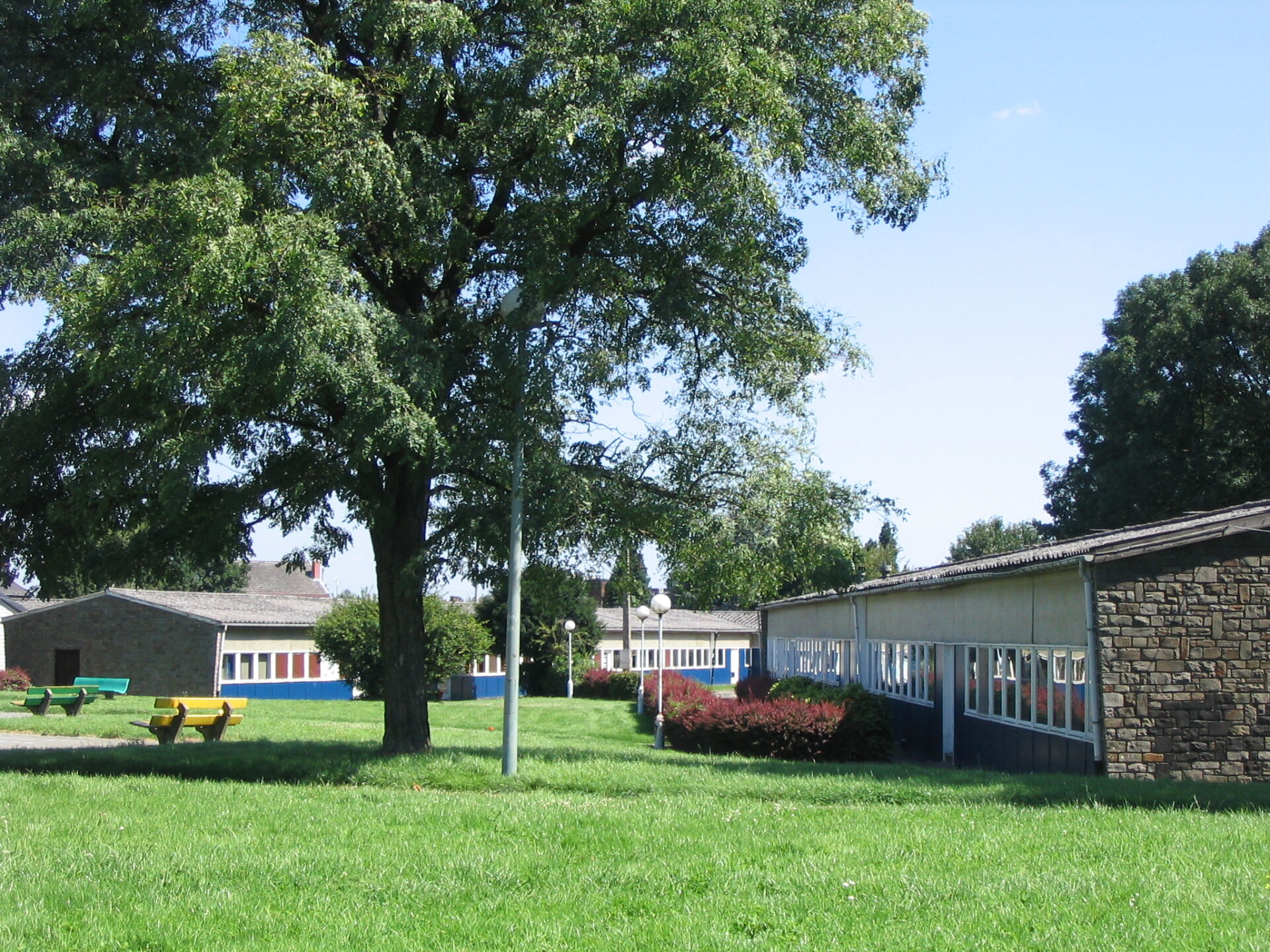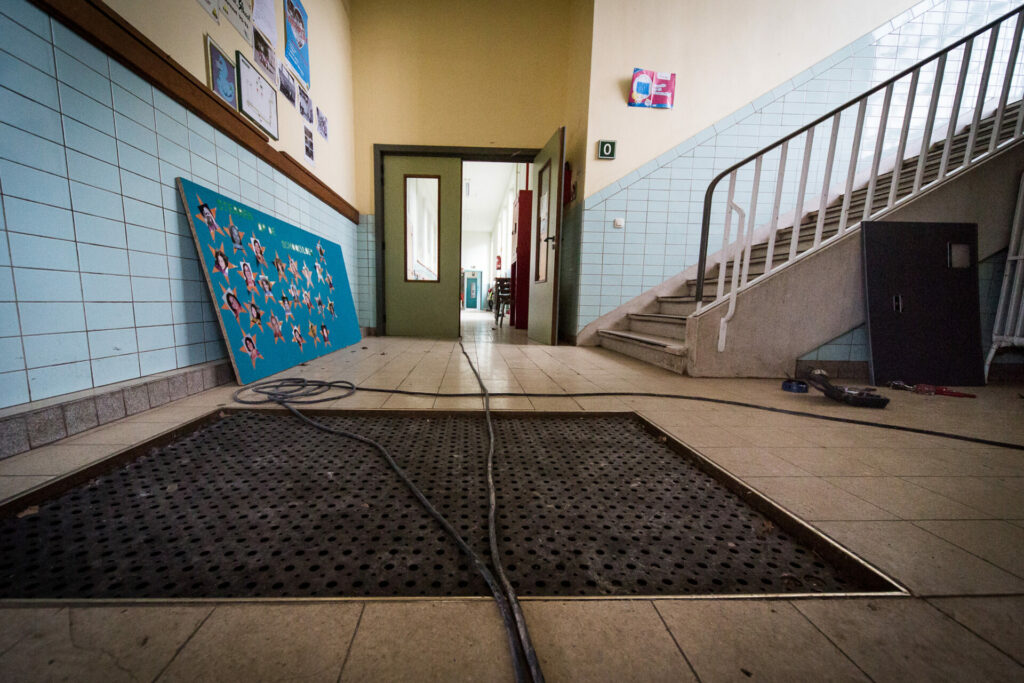Of more than 13,000 school buildings supervised by the Wallonia-Brussels Federation (FWB), responsible for French-language education, half require upgrading and 500 of them should be demolished altogether, an investigation by RTBF concluded on Wednesday.
Many schools in the south of Belgium have been critically underfunded for 40 years. Most schools were built in the 1960s, during the height of the baby boom, and have since experienced “premature ageing.” Many of these structures were hastily built to quickly respond to population growth and compulsory education.
The investigation notes, ironically, that school buildings from the 19th and 20th centuries have held up much better than their contemporary prefab counterparts.
These 1960s structures, much like in other parts of the Low Countries and Northern Europe, were modular constructions made from steel and light concrete. Over time, these structures have suffered. Now, some of these structures are riddled with holes, windows no longer open or close properly, and light-weight concrete has buckled. Many of these issues are next to impossible to fix without running up an enormous bill.

A typical RTG style school building. Many of these 60s constructions were intended to be temporary solutions to the baby boom and the introduction of compulsory education. Credit: Xofc/Wikimedia Commons
Three Belgian architects are largely credited with the headache facing many schools across the country: Reubsaets, Thibaut, and Gilles (RTG). These buildings are built simplistically and typically with two sandstone rubble facades, large bay windows, and asbestos-concrete roofs.
At best satisfactory for their time, these structures are now a complete headache for the region. The structures have bad energy efficiency and sustainability. In many cases, these buildings were designed to last for just a few years, but almost half a century later they are in use and still standing– barely.
The side-effect of this stop gap solution is now reflected in the French-speaking community’s bills. Paper-thin walls, single-glazed windows, uninsulated roofs, and old leaky plumbing mean that heating bills for these schools are sometimes ten times elevated compared to new builds.
Red tape
As is all too typical with Belgium, funding comes from a mixture of different authorities and administrations are responsible for the upkeep of the buildings. Schools are either directly administered by the FWB, controlled by the municipality or province, or only subsidised (Catholic schools).
Related News
- Charleroi relaunches sale of unused municipal buildings
- Two higher education institutions in Liège to merge
Each managing authority must put out its hands for funding from the FWB. This system, however, creates some serious disparities.
Schools controlled by small municipalities can rely on smaller informal networks to quickly resolve problems related to maintenance. But for those controlled by the FWB, sometimes it can take years to replace a simple faulty window. This is a result of a tangled mess of red tape and administration.
This poor situation may soon change, after nearly 40 years of grievances. Frédéric Daerden, FWB Minister of the Budget, plans to free up to €2 billion towards the schooling sector to begin rectifying the poor infrastructure. A good start, but vastly short of the €40 billion needed to bring all the schools in Wallonia and Brussels up to standard.

